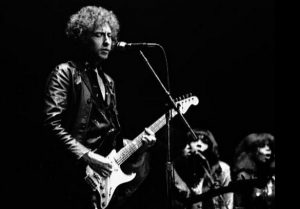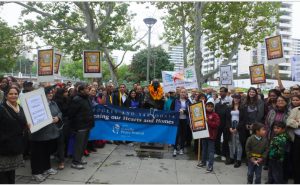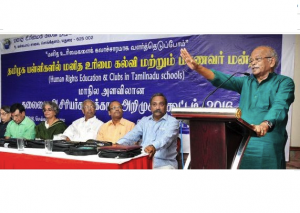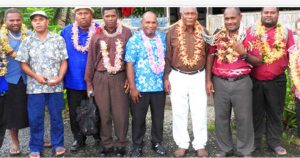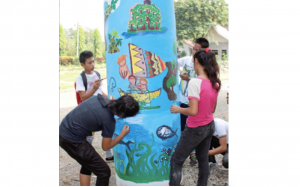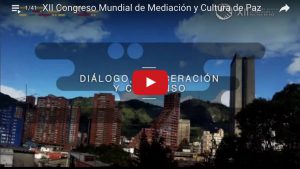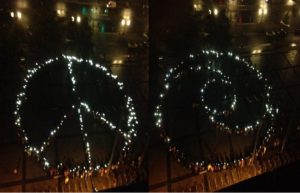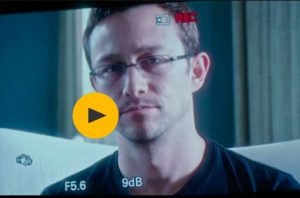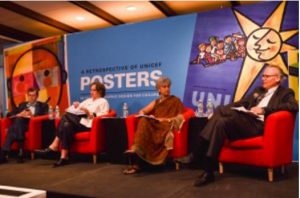EDUCATION FOR PEACE .
An article by Monica Grimaldo for Tucson News
A rash of nationwide protests against president-elect Donald Trump have brought out thousands of demonstrators and now, Tucson students between the ages of 11 and 16 are learning how to better understand the ‘nonviolence way of life’ to apply when planning action to defend human rights. Students from several Tucson school districts are participating in a two-day introduction to the Kingian Nonviolence training program, which aims to “institutionalize and internationalize nonviolence.”
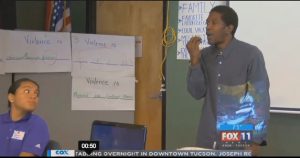
Clip from video on article website
Click on photo to enlarge
It’s being led by the Nonviolence Legacy Project, a youth leadership program affiliated with the Culture of Peace Alliance. “The workshop is particularly timely given that many people are taking to the streets and looking for ways to peacefully and powerfully indicate their concerns and fears about the upcoming administrative change,” said Ann Yellott with the Culture of Peace Alliance.
Participants are learning how to gain additional knowledge about how nonviolence was applied in several civil rights campaigns, including those seen in Montgomery, Nashville, Birmingham, and Selma.
“Helping our children be balanced and helping them to understand compassion for another, it’s not only a bullying issue, it’s a health issue,” said program manager Hassan Clement. “These kids are leaving a legacy for other kids.”
Sixteen-year-old Naomi Reyes, a student at Sunnyside High School, is one of the program’s participants and said she suffers from anger issues from time to time and hopes this program will help.
“There’s personal experience that involves violence and that’s another reason why I’m here,” said Reyes.
Caleb Bailey, 15, is a student at Cholla High School and says he wants to influence other students through this program. Though he wasn’t old enough to vote in this year’s election, it’s the lessons he’s learning that he hopes to keep forever.
“It can teach people how to get your word out without seeming like a thug or anti-Trump supporters or something,” he said. “It’s a way to articulate without seeming violent. Even though I’m young, I still think I can do something in the community. That’s what I really want to learn so when I get older, I know how to use nonviolence, and even now, so I can be a better person.”
For more information on the Culture of Peace Alliance’s Nonviolence Legacy Project, CLICK HERE.
